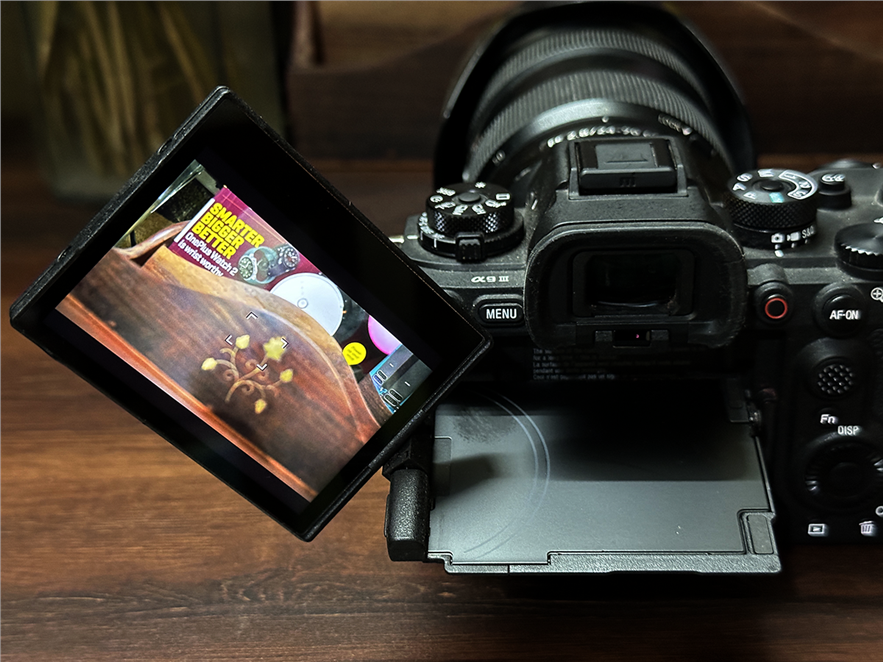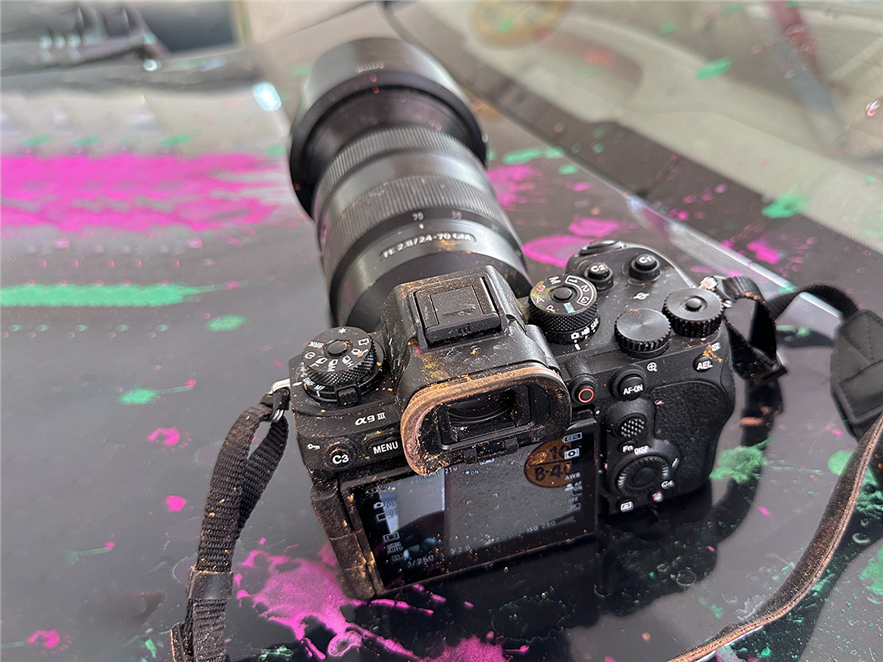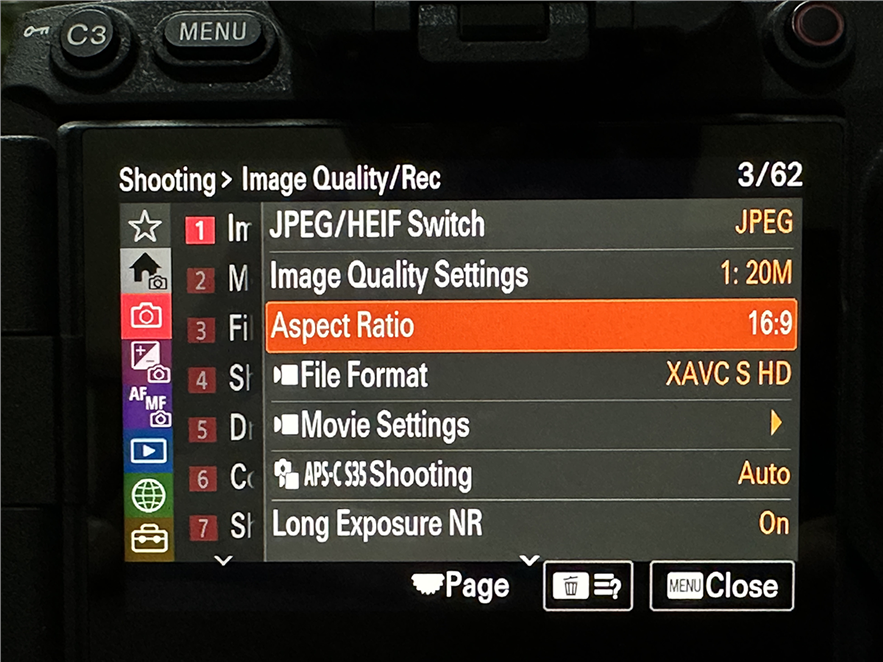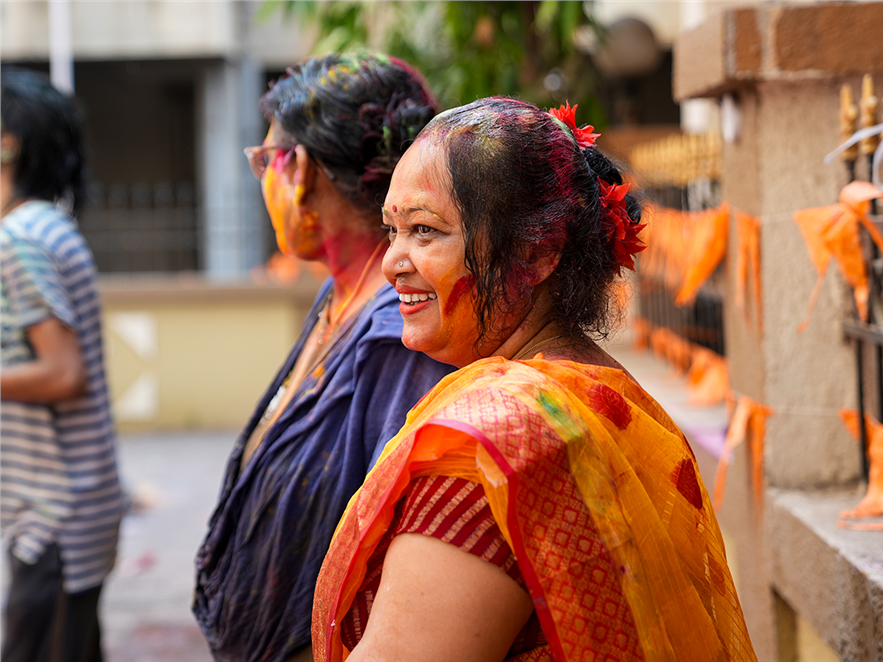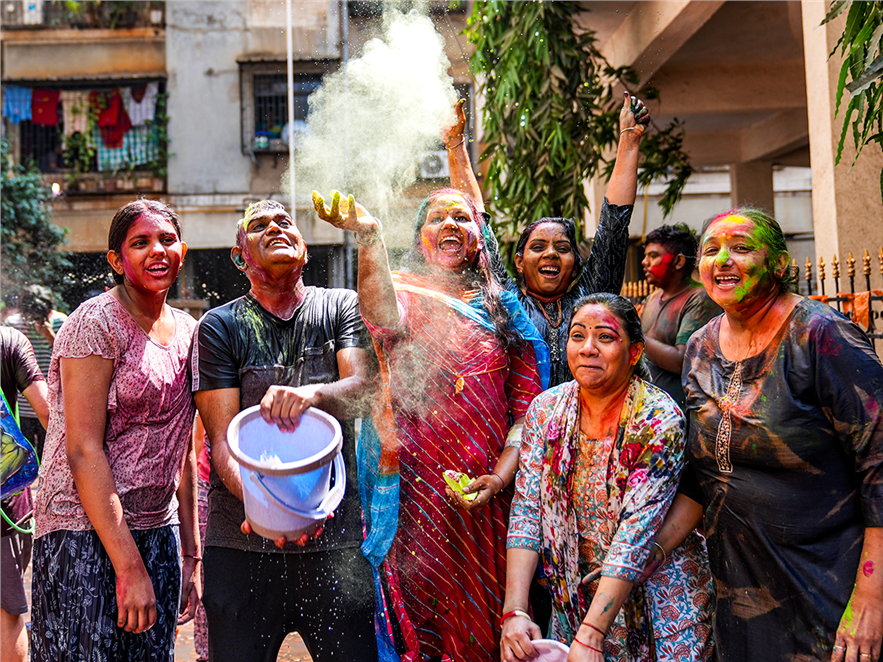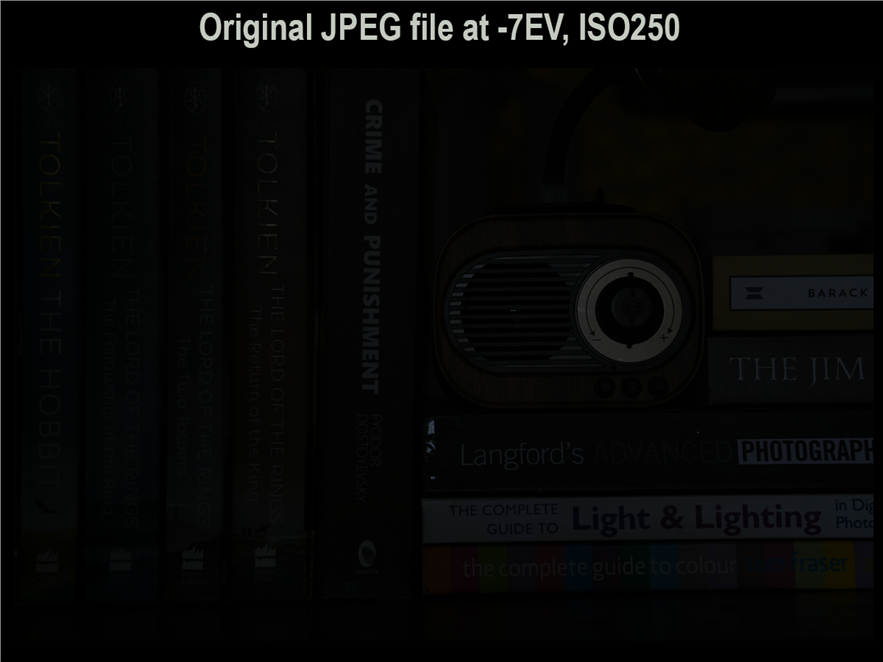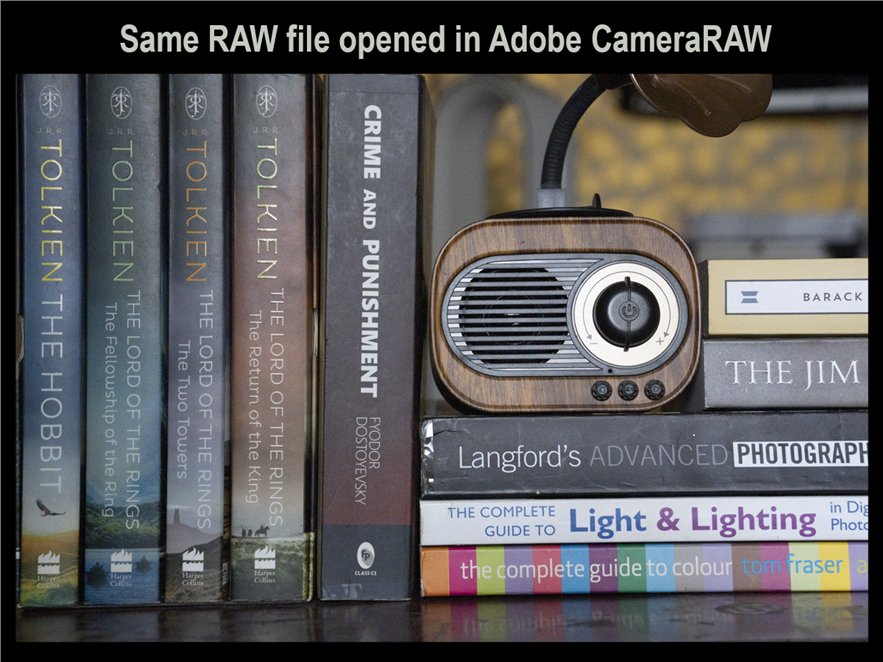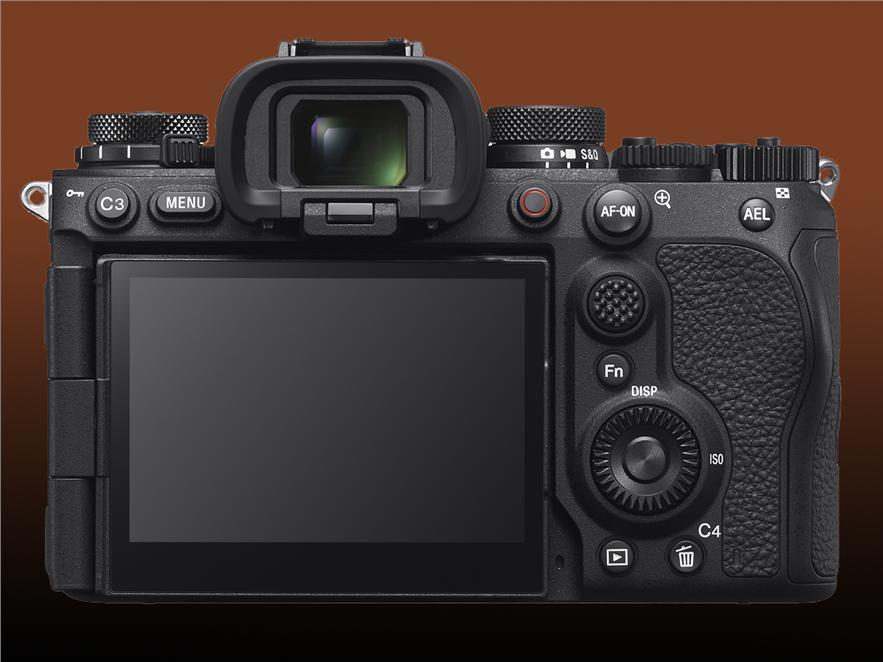No other brand can claim Sony’s level of expertise in fabricating imaging sensors for cameras with several firsts under its belt like back-side illuminated (BSI CMOS) and stacked CMOS sensors. The Sony Alpha 9 III (α9 III) boasts a global shutter, the next level of innovation in digital camera sensors, which promises black-out-free images, incredible burst shooting speeds without rolling shutter effect, and an autofocus system that can keep up with this speed. But is this 24-megapixel Full-Frame Mirrorless Interchangeable Lens Camera body worth the asking price of Rs. 5,29,990?



